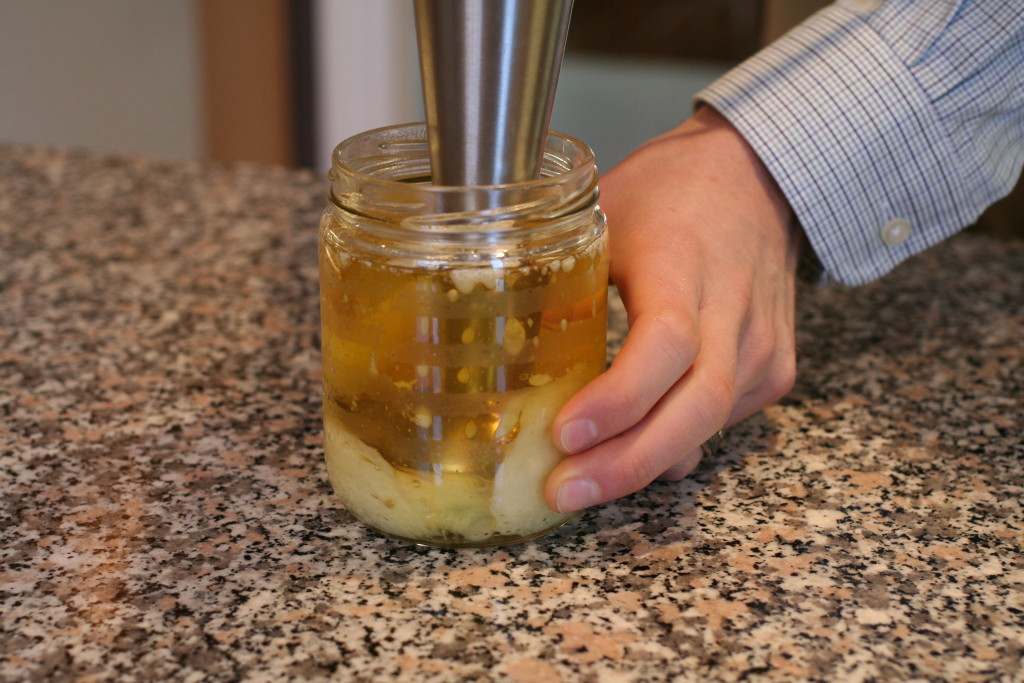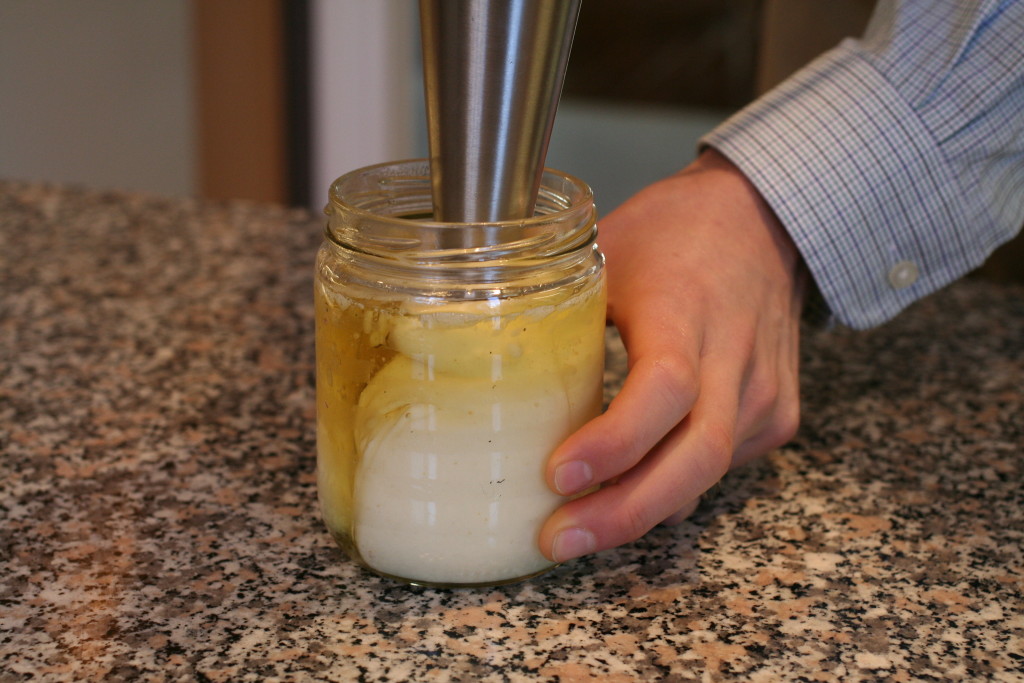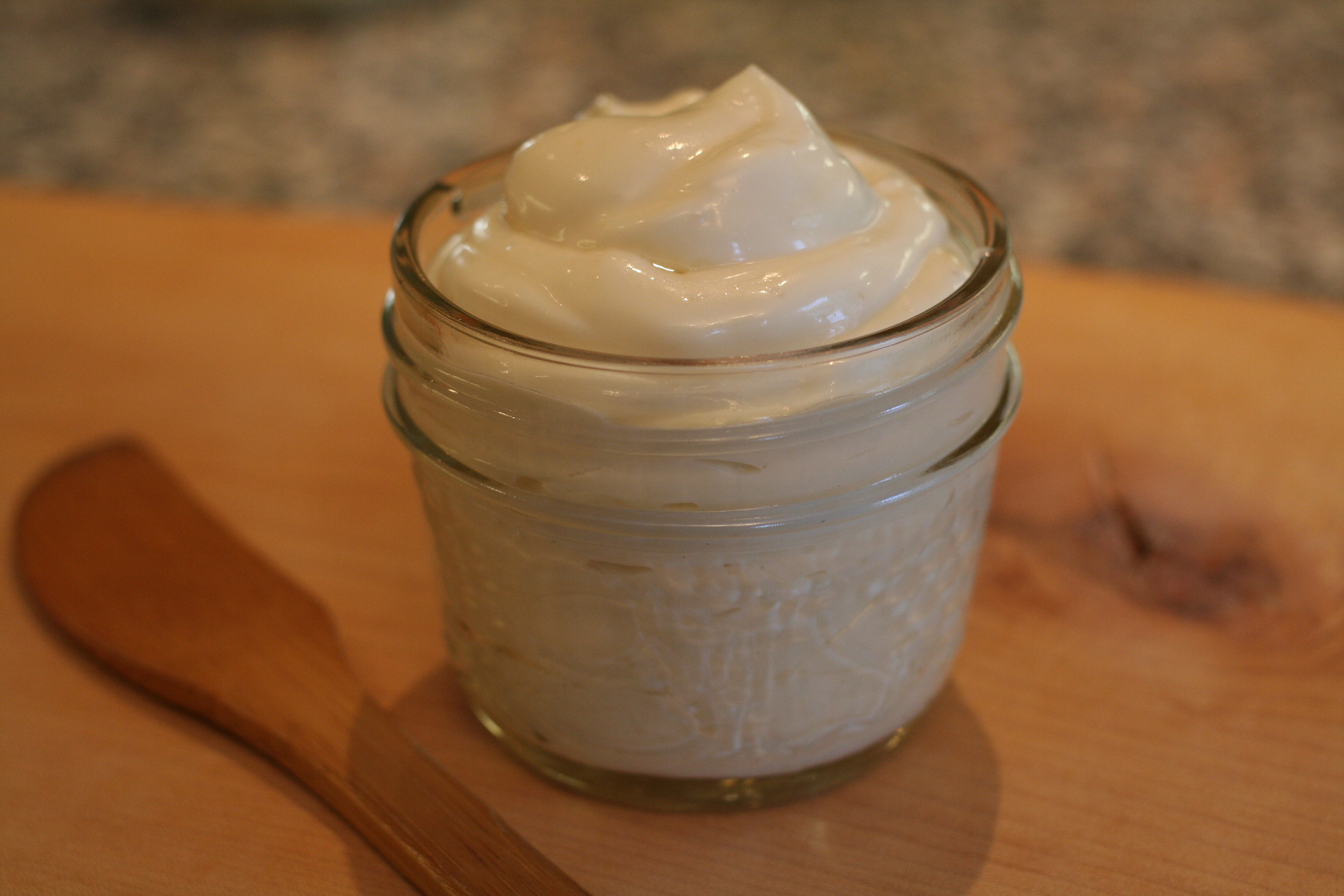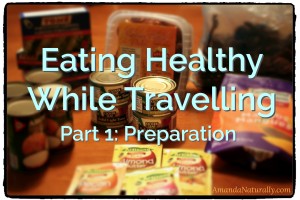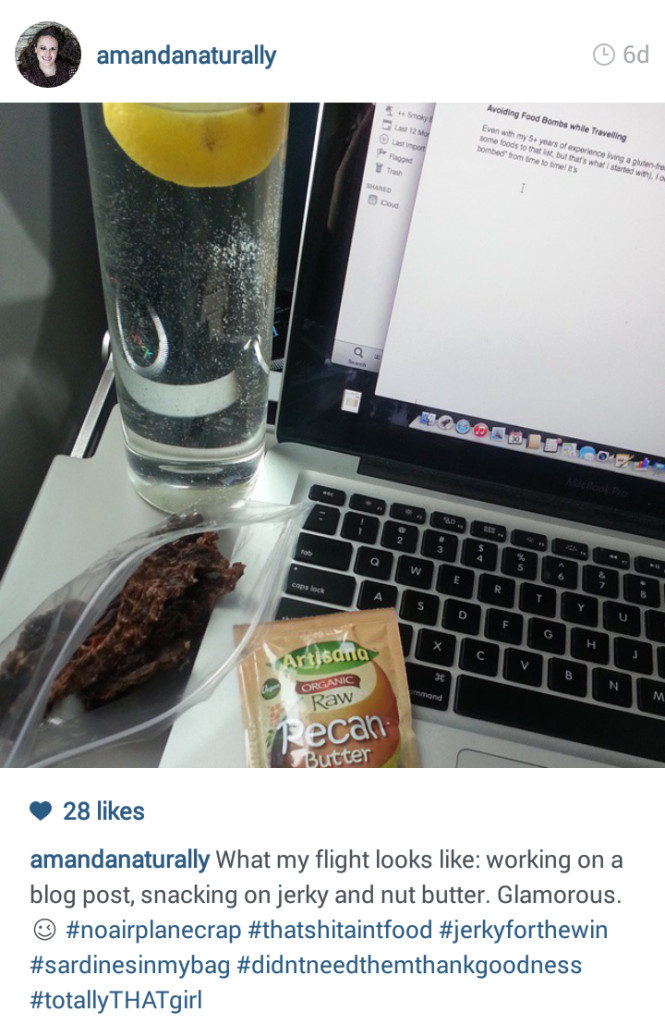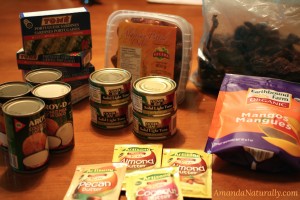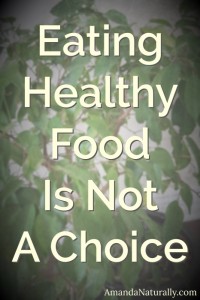 This is an issue that has been really bothering me lately. It makes me so frustrated and angry that I literally feel like I’m going to cry!
This is an issue that has been really bothering me lately. It makes me so frustrated and angry that I literally feel like I’m going to cry!
When did we all choose to forget that our body rebuilds its tissues from nutrients found in food?
On average most of the tissues in our body turn over every 3 months, with some (like the cells of the digestive lining) turning over in as short a time span as 3 days! That’s a pretty incredible feat. And it’s a known, scientific fact. Our cells have a short (this is relative, and depends on the cell) lifespan, and when they die, they are replaced by new versions. So, how does our body make new cells? From building blocks. And where does it get those building blocks?
Pharmaceuticals!
Ha! Kidding.
Now obviously there’s a time and a place for pharmaceutical intervention, but that’s not the topic of this post. Our bodies get the building blocks we need to regenerate tissues on a daily basis, from the food we put in it. What does this mean?
Eating healthy food is not a choice. It is an obligation we have to ourselves.
Let’s take surgery for example.
When you are in need of surgery (which is an incredible medical advancement btw!) there’s a major trauma to your entire body. Yes it saves lives, but in the process it is pretty damaging. Miraculously, your body has the ability to regenerate the tissue that was damaged. At risk of sounding repetitive, where does it get the building blocks to regenerate this tissue from? Food. A few specific nutrients required include:
- fat and cholesterol
- crucial for cell membranes
- fat from whole, minimally processed sources such as avocado, coconut, olive, grass-fed/pastured animals and eggs, fish, some nuts/seeds
- cholesterol is only found in animal products
- animo acids
- building blocks for new tissue
- the complete protein spectrum, in the ideal ratios for us, are only found in animal products
- omega-3 fats
- potent anti-inflammatory action and an important component of cell membranes
- highest in seafood, also found to a lesser extent in pastured eggs and grass-fed beef
- NOTE: omega-3’s from plants (flax, chia, nuts etc.) are not the kind of omega-3 we need. They contain ALA, which we can only convert at max 2-3% (if you’re optimally healthy) to the omega-3’s we need (DHA and EPA)
- glycine:
- specific amino acid required for building the scaffolding that all tissues are built on (see post on bone broth for more info)
- only found in the connective tissue and organs of animals
- vitamin c
- critical for connective tissue regeneration
- yes it’s found in fruit (not juice!), but it’s found in way higher amounts in vegetables
- beef liver blows an apple out of the water for vitamin C content by the way…
- Vitamin D
- critical for immune modulation
- exposure to the sun (without sunscreen on)
- also high in pastured pork fat and cold water, oily fish like sardines
- B complex vitamins
- required for all cells to utilize fuel in order to function
- ubiquitous, but found in highest concentrations in liver
- folate
- critical for detoxification, which is likely required do to the massive hit of drugs your body experienced during surgery
- highest in leafy greens and chicken livers
- NOTE: folate is the food source, folic acid is a synthetic version found in supplements and is not the same thing. In fact, in some cases folic acid can cause more damage than it heals
This is by no means an exhaustive list, in fact I barely skimmed the surface in order to keep this post from becoming a novel. But the point is evident. Nutrients are required to recover from surgery. Where do these nutrients come from? Our food. Plain and simple.
So if we were to take this extreme example and extrapolate to every day life, wouldn’t the same principles apply? Our digestive lining is constantly regenerating – we need nutrients to create new cells and tissues. What about our joints? With constant demand placed on them, especially if you move a lot, you need to provide them with the nutrients for efficient regeneration, otherwise they’re going to tell you they’re not happy! What about post-pregnancy? Heck that’s practically a surgery, and in many cases it is, but is any emphasis placed on food? No! I coached a dear friend through the delivery of her son about a year ago, and it was criminal the “food” they gave her after. What about the brain? I find that is a hard concept for people to wrap their heads around, but guys, the brain is just an organ. We know food impacts your heart and your arteries, so why can’t it impact your brain? Unfortunately symptoms of the brain simply manifest without pain, and instead as mood disorders, behavioural issues, seizures, brain fog and autism spectrum. So what is one thing we can do to help the brain? Give it the nutrients it needs.
I could go on and on, and I probably should because this seems to be something we have forgotten, but I’ll stop. People look at me like I’m crazy and roll their eyes when I have a food answer to every health question. But in reality, it’s pretty darn simple. Ann Wigmore said it best:
“The food you eat can be either the safest and most powerful form of medicine or the slowest form of poison.”
And trust me when I tell you, the way we’re eating right now is poisoning us. Every new generation of kids that are born are sicker and sicker. Anyone who has school-aged children will know that every year more and more foods are banned from school due to the astronomical number of life-threatening food allergies. There’s a school near us that has had to ban peanuts, tree nuts, seeds, fish and mustard due to the anaphylactic allergies. Babies are coming to see us on zantac because their digestive tracts are malfunctioning. Eczema and asthma run rampant. Behavioural issues, autism and ADHD diagnoses are getting out of control – even when corrected for higher rates of diagnosis and broader diagnostic criteria. It is assumed that everyone over the age of 60 must be on some kind of drug for blood pressure, diabetes, cholesterol etc. Gall bladders are being taken out left, right and centre. Fertility issues are getting worse. Approximately 20% of North Americans suffer from an autoimmune condition. Insomnia, depression and anxiety are among the highest medicated conditions these days. No one has any answers, and the one-symptom, one-drug approach is literally killing people. What the heck is going on?
We have forgotten that our bodies need nutrients to survive. Instead of focusing on nutrient value, we focus on reducing the time, energy and cost involved in preparing real food. As a result, our bodies are falling apart. We ignore the warning signs early in life and push through, often suppressing symptoms with drugs, until the body reaches a breaking point. Now a simple change towards healthy food isn’t enough, and extreme health interventions are required to bring people back to normal.
You might think I’m being a little extreme, but every week we see dozens of people whose bodies are falling apart. Kidney failure from being on diabetes drugs for too many years. Osteoporosis from chronic antacid use (whose labelled use is for a max of 4-6 weeks, not decades). Third and fourth autoimmune conditions popping up in one individual, after improper management of the first and second. Regression at 18 months old to not speaking or making eye contact, which no explanation for the cause. School-aged children having no control over their bodies. Arthritis onsetting as early as 20. It’s heart-breaking. And so much of it is preventable.
The saddest part is we’re not just harming ourselves. We are experiencing this breaking point later in life, but our children are being born with it. This has to stop.
Yes it’s tough to change your diet. Yes cookies, cake, cereal, granola bars and bread are delicious. Yes it’s easier to turn a blind eye and hope for the best. You want to know what’s not easy? Chronic, debilitating pain. Autoimmune conditions that keep you house-bound. Seeing a child covered head-to-toe in eczema, crying with severe abdominal pain, or not able to say “I love you” anymore. Watching a loved one die of cancer or cardiovascular disease. It’s those challenges that make eating healthy a breeze.
Eating healthy food is not a choice. It is an obligation we have to ourselves. It is an obligation we have to our children, our children’s children and to the future of the human race.


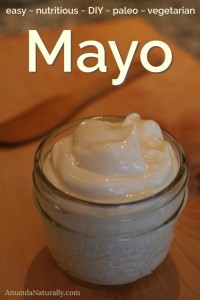 Mayonnaise has a very bad reputation, and honestly, that’s probably for good reason. At least that’s the case for the junk sold at the grocery store! Do you know what actually goes into real mayo? It’s simple: raw egg, oil and lemon or vinegar. Simple, straight forward and depending on the oil that you use, actually pretty darn healthy! So you might already be wondering… if it’s made with raw egg, how come it’s not found in the fridge? Well my friends, here’s the low-down on this artificial food we like to refer to as
Mayonnaise has a very bad reputation, and honestly, that’s probably for good reason. At least that’s the case for the junk sold at the grocery store! Do you know what actually goes into real mayo? It’s simple: raw egg, oil and lemon or vinegar. Simple, straight forward and depending on the oil that you use, actually pretty darn healthy! So you might already be wondering… if it’s made with raw egg, how come it’s not found in the fridge? Well my friends, here’s the low-down on this artificial food we like to refer to as 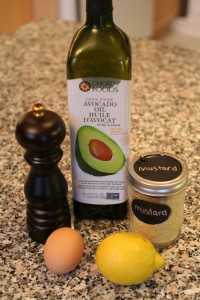 are not healthy in any way, shape or form. They are incredibly high in omega-6 fats and they are chemically unstable. Exposure to light, oxygen and heat will cause them to break down, creating free radicals and wrecking havoc on your tissues. Also, the term spice is a catch all term. The ingredients used are not disclosed. Also, sugar?? What the heck! And cornstarch in the Miracle Whip? They’re so scared of the fat and cholesterol from the egg, that they’ve added cornstarch as a thickener, instead of utilizing the egg. And don’t get me started on that enzyme modified egg yolk business…
are not healthy in any way, shape or form. They are incredibly high in omega-6 fats and they are chemically unstable. Exposure to light, oxygen and heat will cause them to break down, creating free radicals and wrecking havoc on your tissues. Also, the term spice is a catch all term. The ingredients used are not disclosed. Also, sugar?? What the heck! And cornstarch in the Miracle Whip? They’re so scared of the fat and cholesterol from the egg, that they’ve added cornstarch as a thickener, instead of utilizing the egg. And don’t get me started on that enzyme modified egg yolk business…

